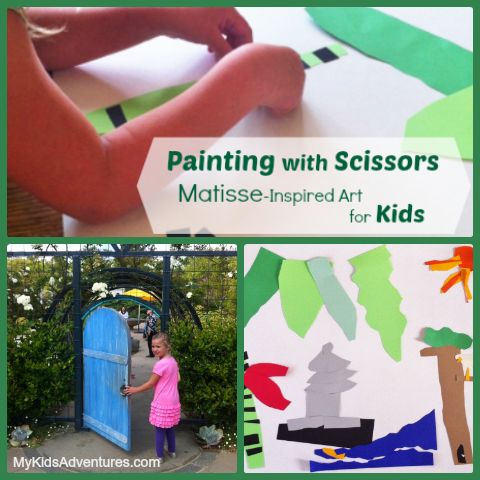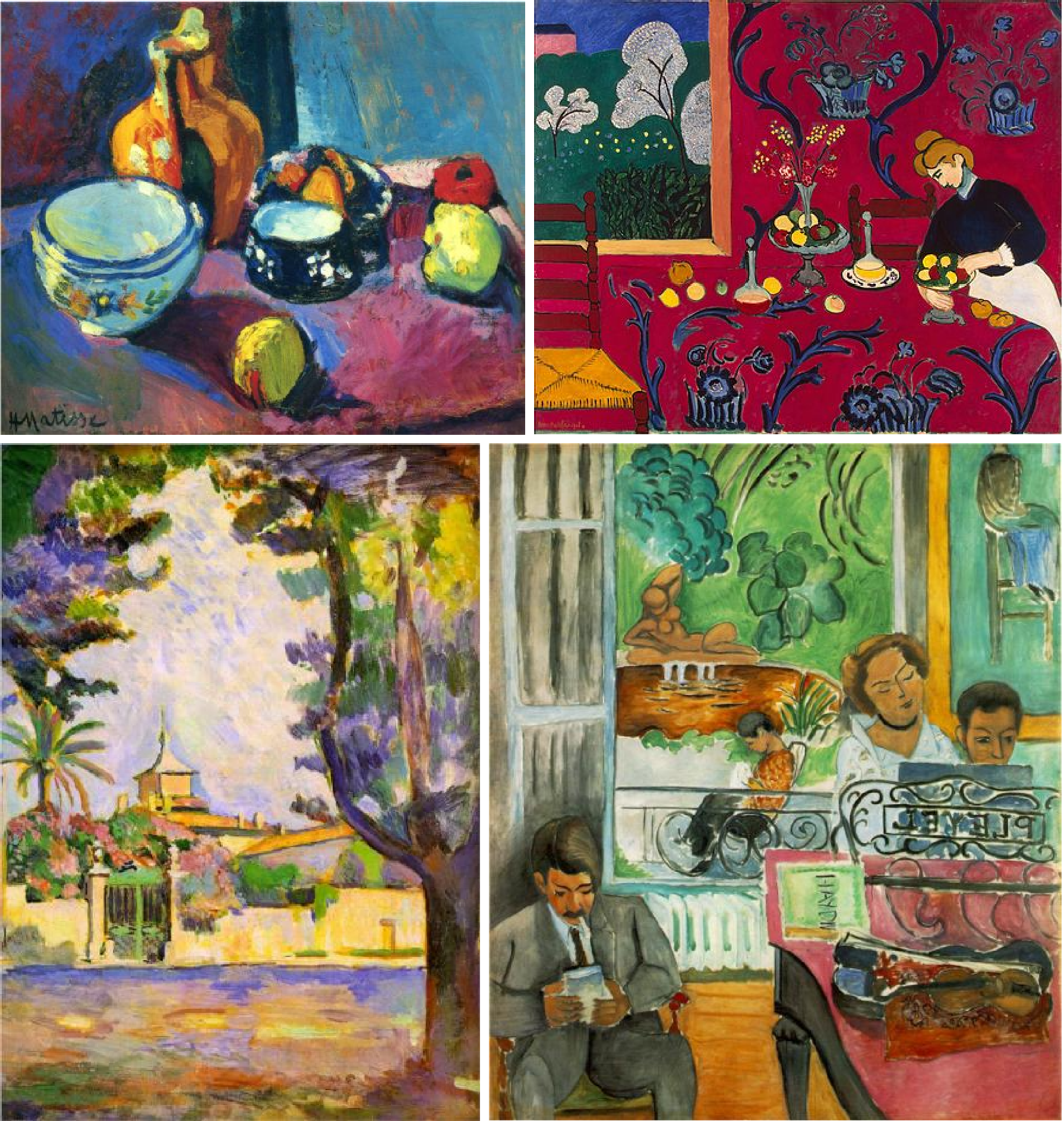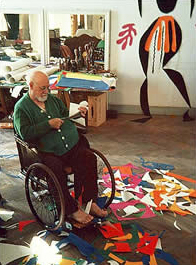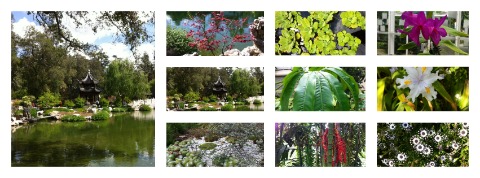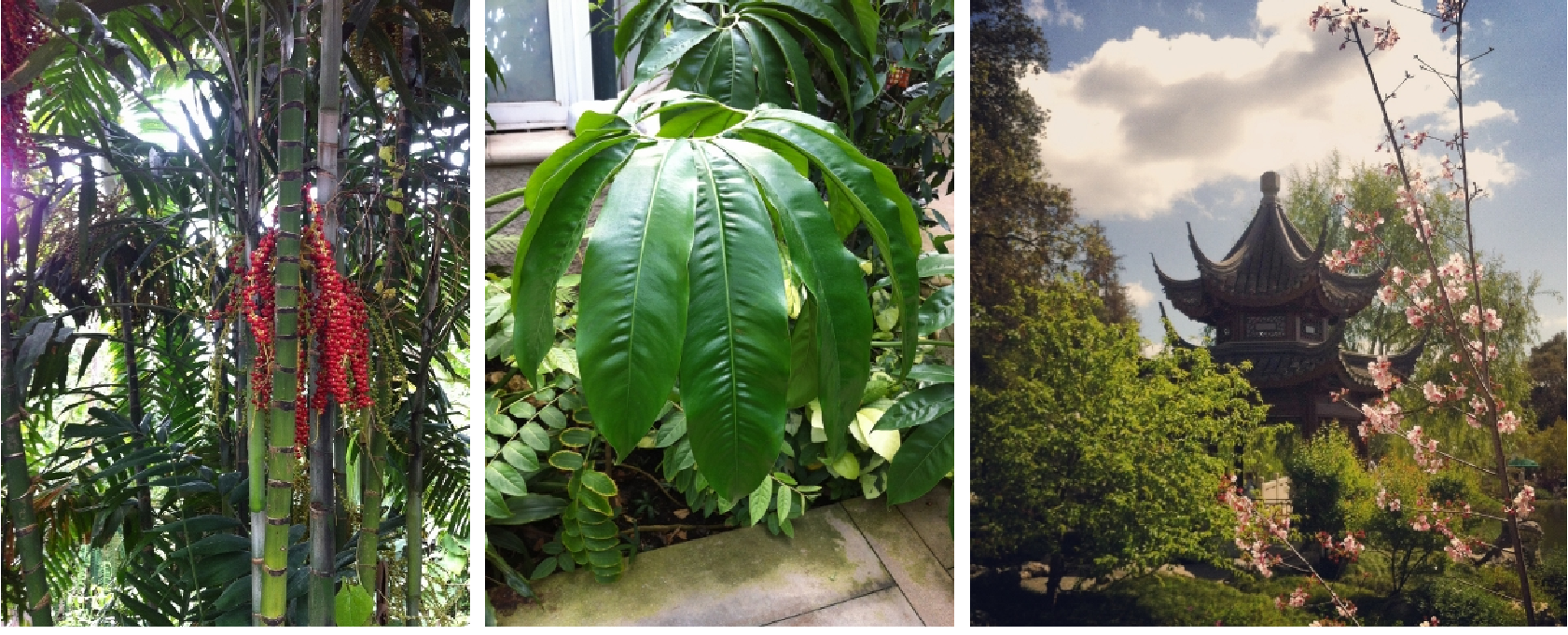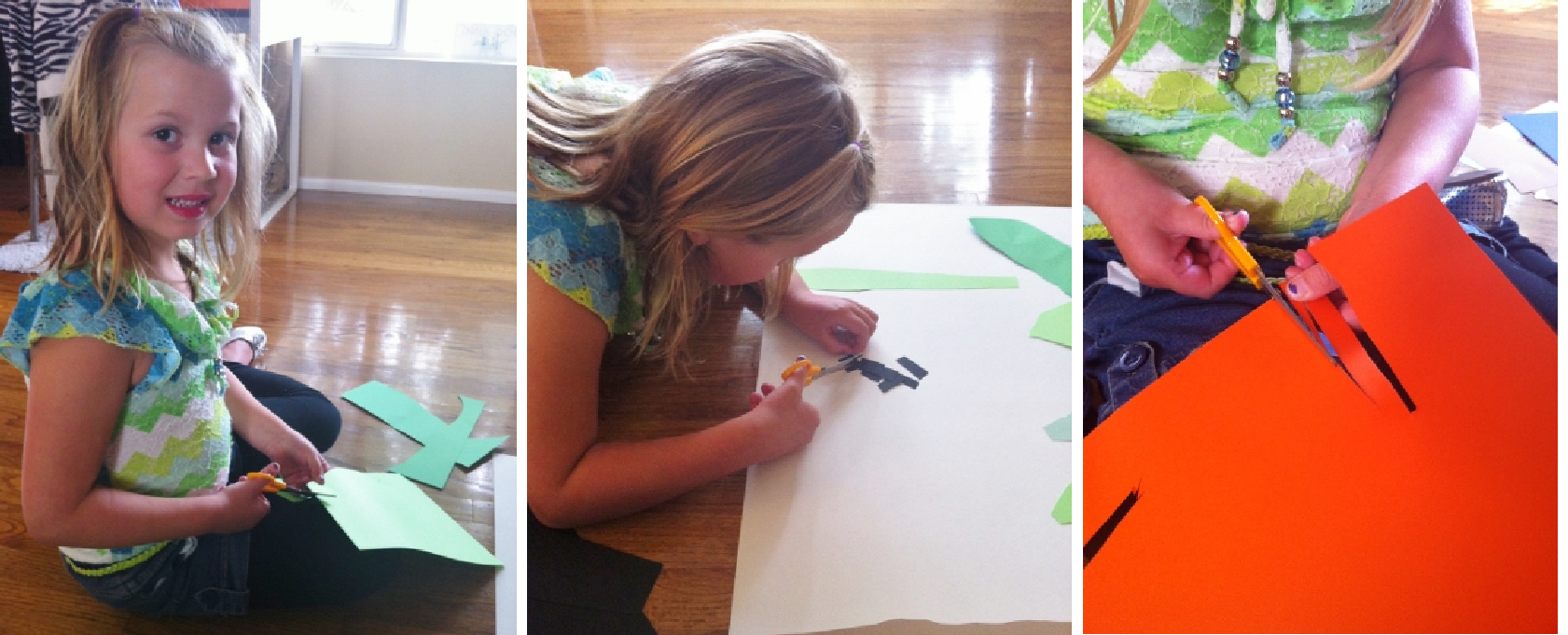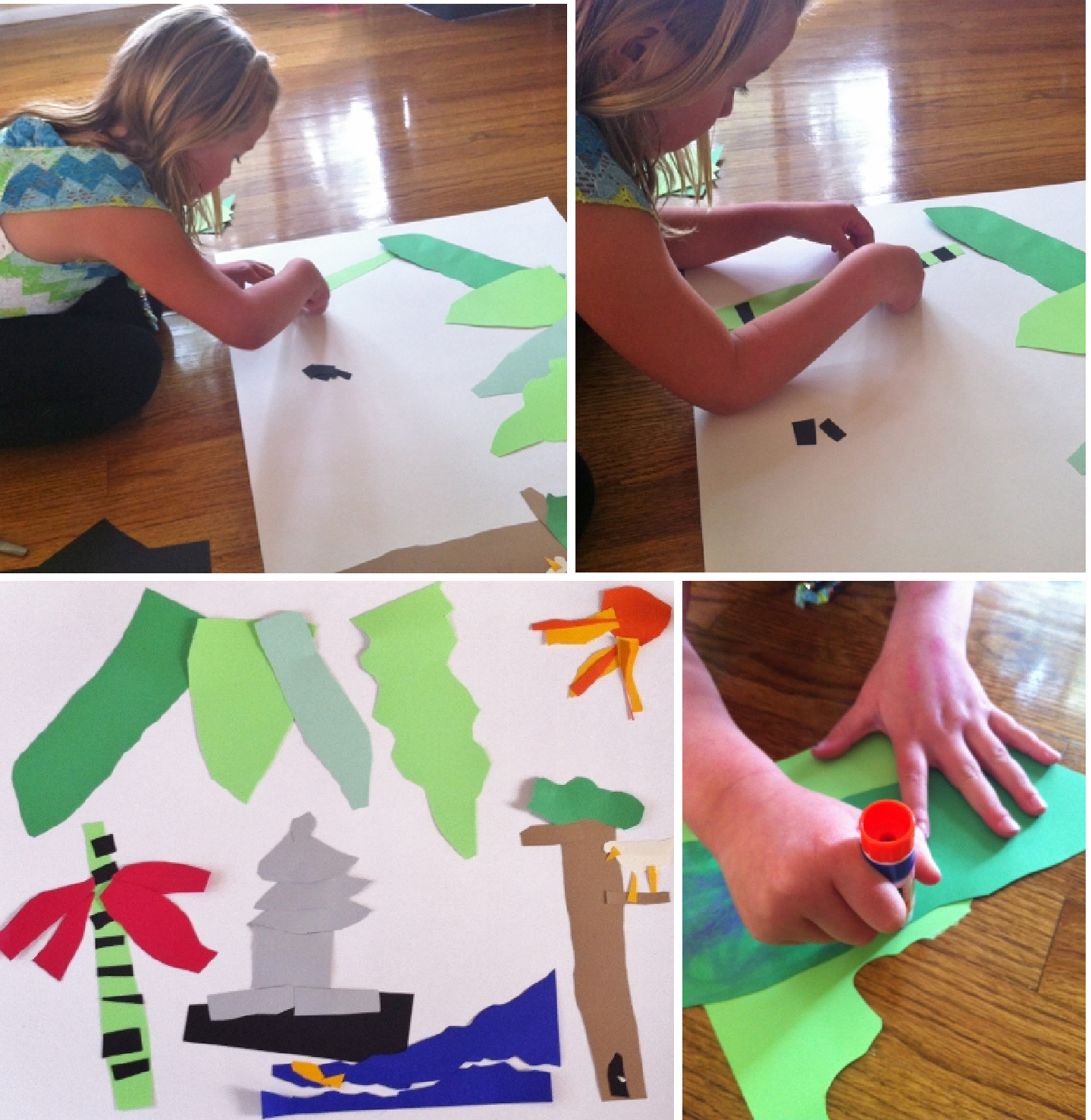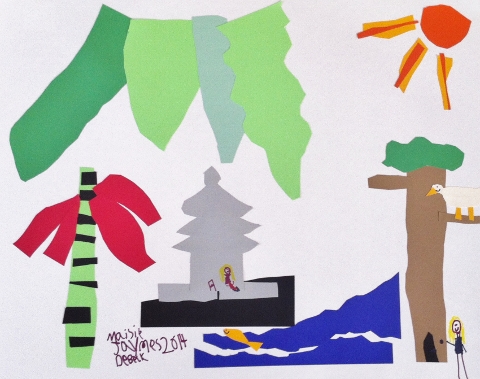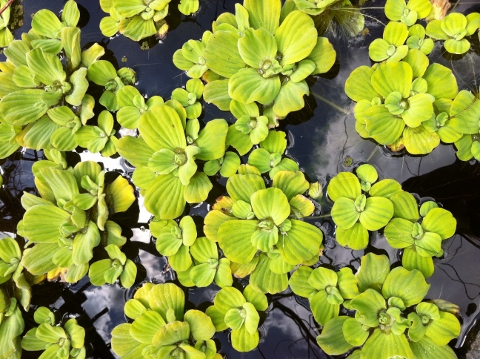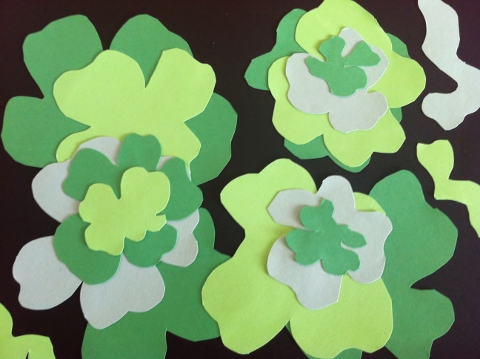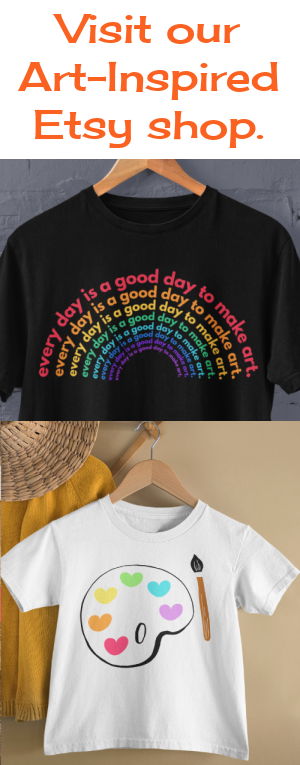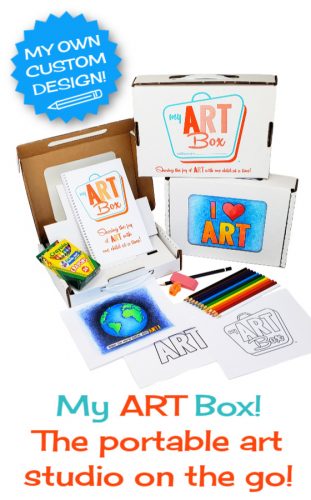How to “Paint with Scissors” and Create a Paper Garden!
Do you enjoy spending time outside with your kids?
Do the shapes and colors in nature inspire you to be creative?
Bring your outdoor inspirations inside and create an imaginative “paper garden”.
In this article, I’ll introduce you to Henri Matisse and his “painting with scissors” technique to create a paper garden using cutouts.
Who is Henri Matisse?
Henri Matisse was a revolutionary and influential artist of the 20th century. He is most known for his expressive work using bold and bright colors. Matisse was born 1869 in France. He originally studied to be a lawyer but took some drawing classes in the mornings.
While spending time recovering from an illness when he was 21, Matisse began painting. His new career as an artist was born. He worked in various media; painting, sculpture, printmaking, and paper cutouts!
After finding his own style, Matisse found success as an artist. As a painter, he traveled to Italy, Germany, Spain, and North Africa for inspiration. His art was purchased by prominent art collectors and he was contracted by prestigious art dealers.
Matisse liked to paint traditional scenes of his own studio, portraits of friends and family, and landscapes.
Here are some examples of Henri Matisse’s work:
Dishes and Fruit on a Red and Black Carpet 1901, The Dessert Harmony in Red 1908, Place des Lices St Tropez 1904, The Music Lesson 1917
Paintings courtesy of Wiki Paintings.
Henri Matisse is still regarded as one of the most influential artists of the 20th century.
You can read more about Henri Matisse on Biography.com.
Why “Painting With Scissors”?
Later in Matisse’s life, he fell ill and painting became more difficult for him. Matisse began to explore colors and shapes with paper cutouts. This began a new phase in his art career.
Here is an excerpt from henri-matisse.net about this phase of Matisse’s life:
The cut-out was not a renunciation of painting and sculpture: he called it “painting with scissors.” Matisse said, “Only what I created after the illness constitutes my real self: free, liberated.” Moreover, experimentation with cut-outs offered Matisse innumerable opportunities to fashion a new, aesthetically pleasing environment: “You see as I am obliged to remain often in bed because of the state of my health, I have made a little garden all around me where I can walk… There are leaves, fruits, a bird.”
Because Matisse could not easily be outside, he brought the outside inside by creating a paper garden and “painting with scissors”.
You can watch Matisse at work with his scissors in this video.
Here are a few of Matisse’s paper cutouts.
La Gerbe 1953, The Snail 1953, The Lagoon 1947
Matisse’s cutouts courtesy of Wiki Paintings.
An inspiring quote by Matisse:
“My choice of colors does not rest on any scientific theory; it is based on observation, on sensitivity, on felt experience.” —Henri Matisse
Matisse based his work on his own observations and experiences. Now let’s take your observations and experiences and bring them to life!
Are you ready to “paint with scissors”?
You Will Need
- Multiple Sheets of Colored Paper
- One Large White Sheet of Paper or Poster Board
- Scissors
- Glue Sticks
Preparation Time
5 minutes to gather supplies
Activity Time
You will need two separate activity times:
- Time to explore nature outdoors and
- Time to create your artwork.
You may do both activities the same day or on separate occasions.
60 minutes+ depending on how much time you spend outdoors and how large you would like to make your paper garden.
Location
The great outdoors to observe and any table, flat surface, or open floor – inside or outside – to create your artwork!
Let’s get started!
#1: Explore and Find Your Inspiration
Spend some time outdoors with your kids observing nature. Here are a few ideas of great places to visit:
- Your front or back yard
- A neighborhood park
- A local nature preserve
- Botanical gardens
- Arboretums
#2: Document Your Nature Time with Photos
As you explore the outdoors, be sure to take lots of photos so you can use them later as your inspiration when you “paint with scissors”.
Notice the colors, shapes, and lines that you find outdoors. Talk about what you observe with your kids and share your experiences and observations.
Enjoy your time outside as a family and have fun!
#3: Gather Your Supplies at Home
Gather the supplies needed for your paper cutouts.
#4: Plan Your “Painting”
Look through your photos together and find the ones that inspire your child the most. Decide on what elements you would like to include in your cutouts.
Be creative and create a cut-out along with your child to share this project together.
Have fun remembering the time you spent outside. Select the photos that inspire you the most.
#5: Start “Painting with Scissors”
Have your child start by cutting out the large shapes they see in the inspiration photos and arranging them on the large white sheet of paper any way they’d like.
If your child is younger, you can make this step a bit easier by helping them lightly draw their shapes in pencil first and then cutting them out.
Cut out all of the shapes you’d like and arrange them on your paper. We’ll glue them all down later.
#6: Arrange Your Cut-Outs and Glue in Place
Have your child arrange their cutouts into a composition (placement or arrangement of visual elements) that pleases them most.
#6: Arrange Your Cut-Outs and Glue in Place
Have your child arrange their cutouts into a composition (placement or arrangement of visual elements) that pleases them most.
Sharing creative projects with your child is a fantastic way to connect as a family and remember the great time you had while gathering the inspiration for this project. Turn one fun afternoon outside into another creative adventure inside.
Some Final Thoughts…
I hope you enjoyed bringing the outdoors inside by “painting with scissors” like Henri Matisse.
Your child now has a piece of art inspired by their own outdoor experiences and observations.
Each person brings to their art their individual experiences, senses, and observations.
Every piece of art is unique. That’s what makes art so fun!
What do you think?
Did you enjoy this mini art history lesson on Henri Matisse?
Did you have fun “painting with scissors” and creating your own paper garden?
I’d love to see your artwork.
Please share it below!

